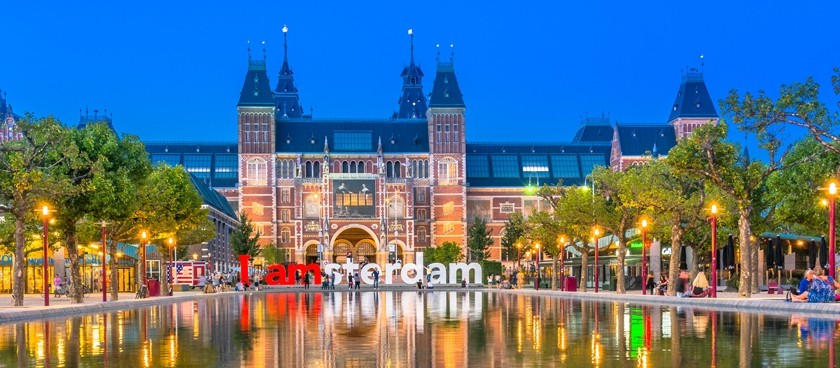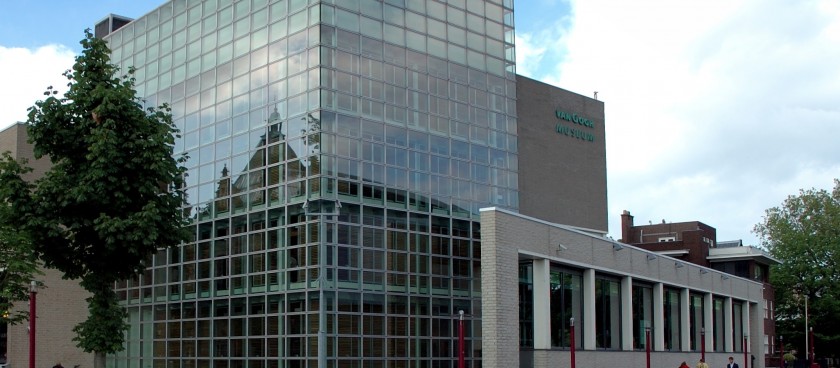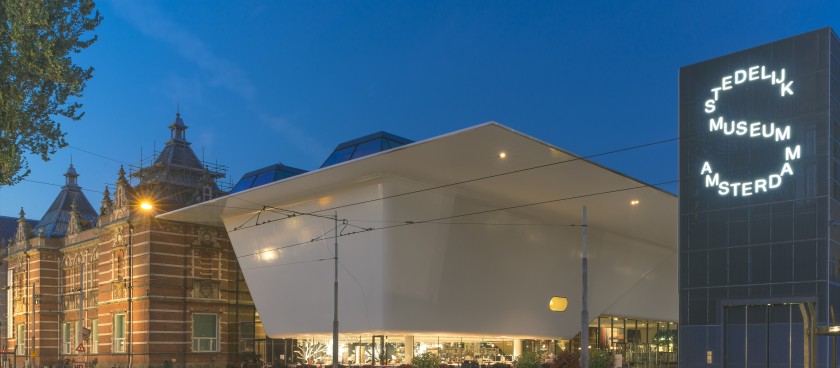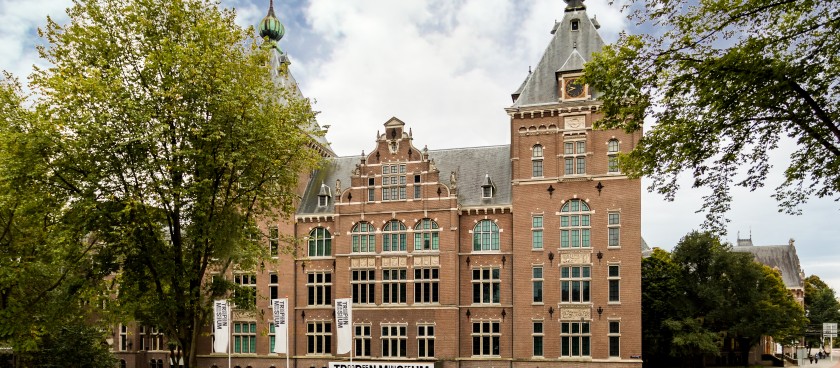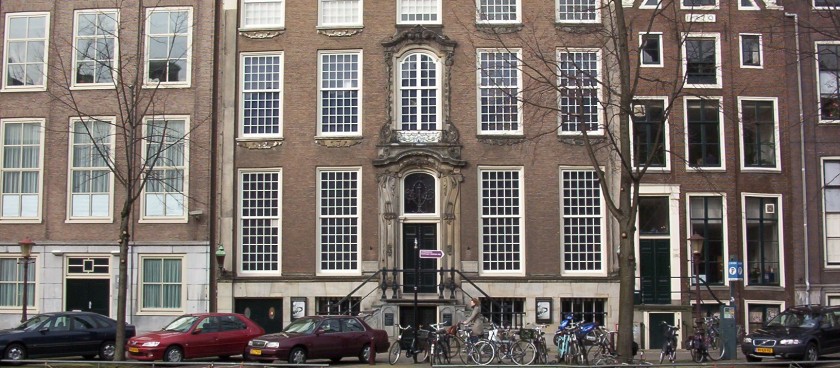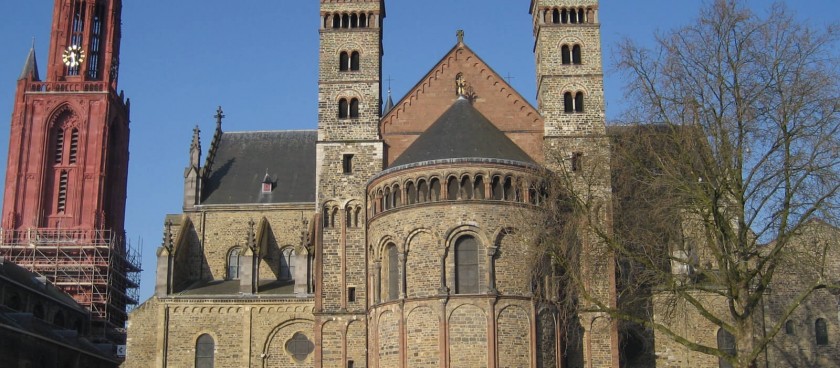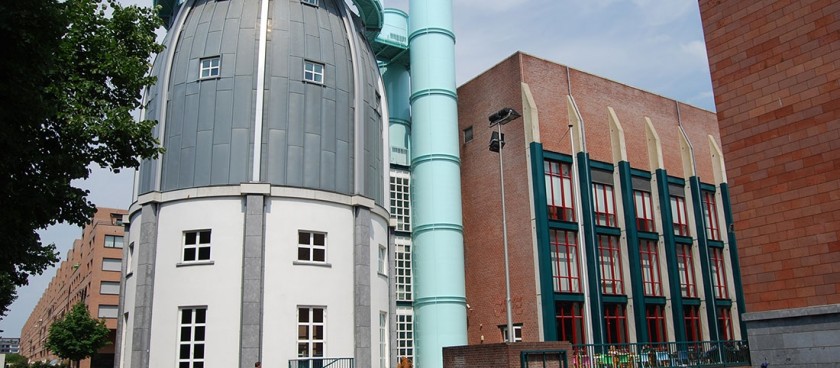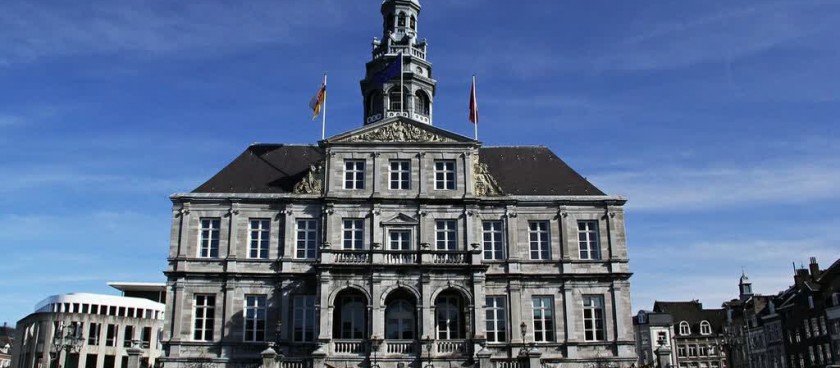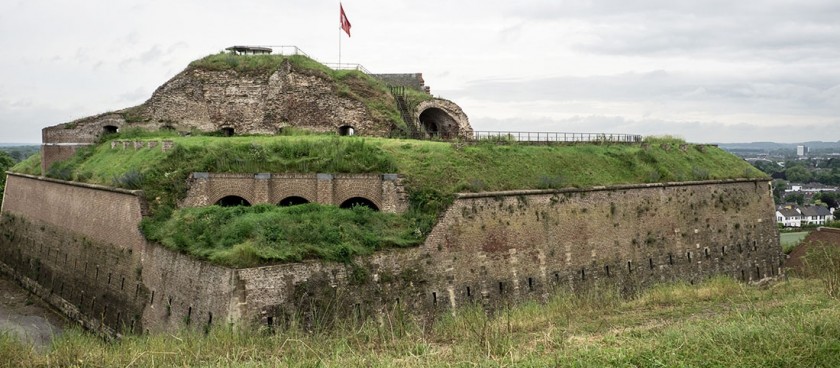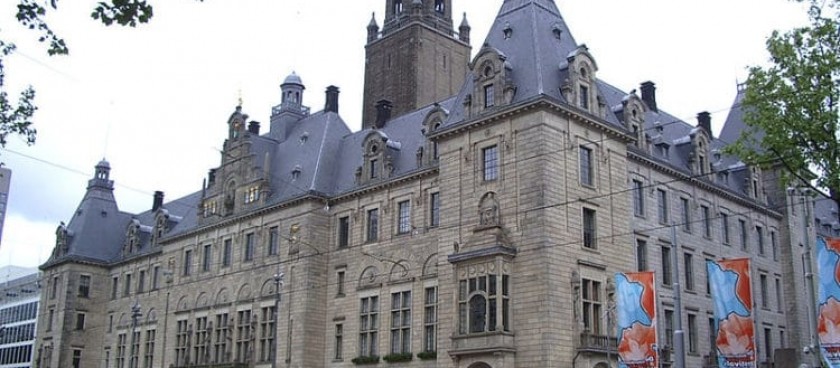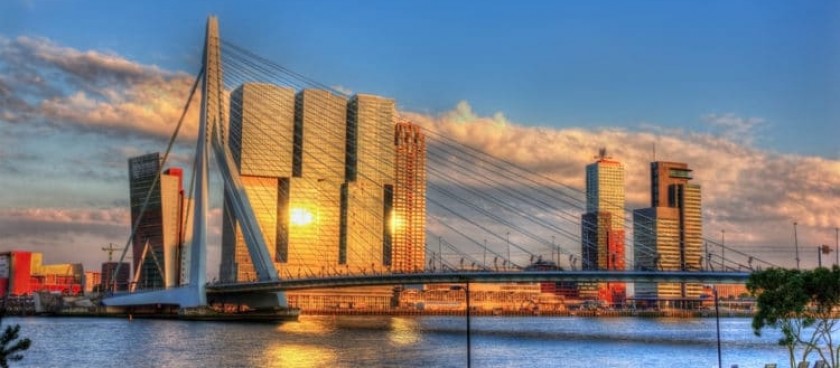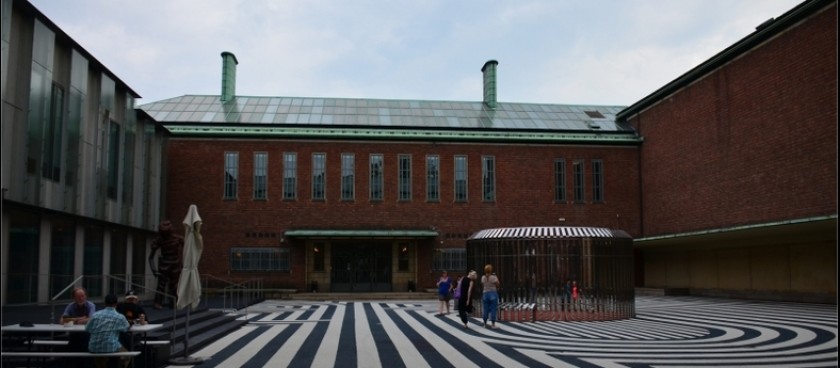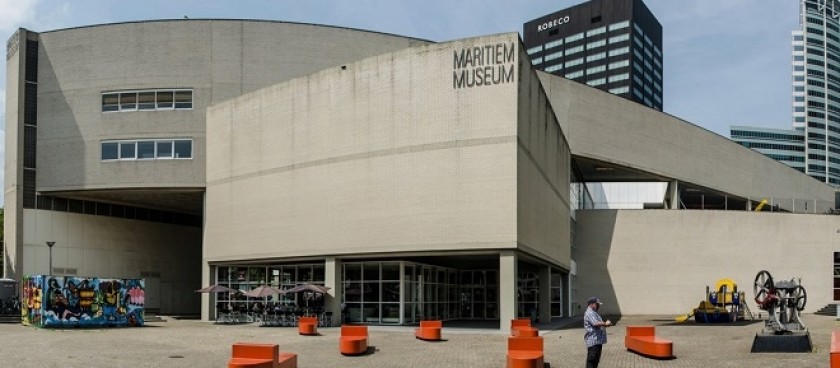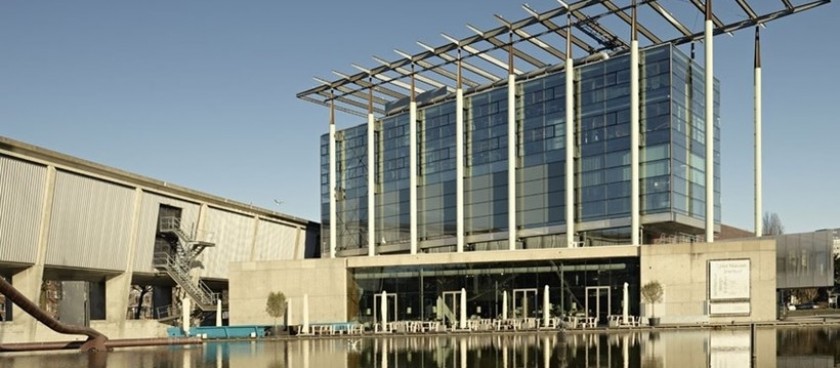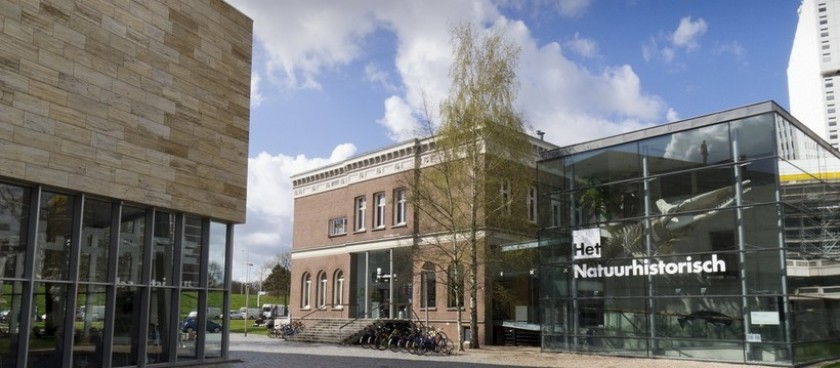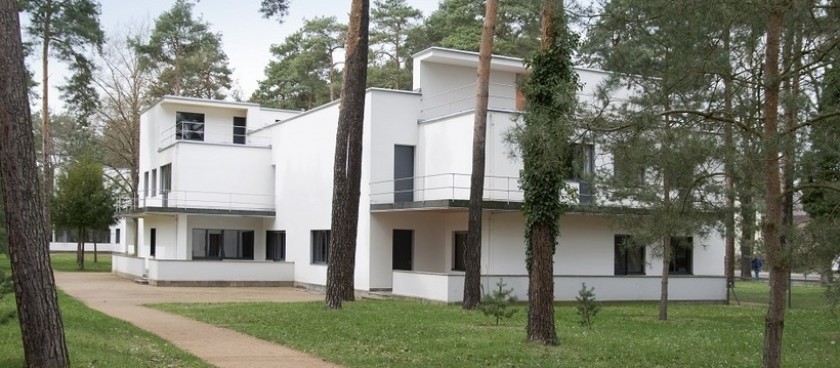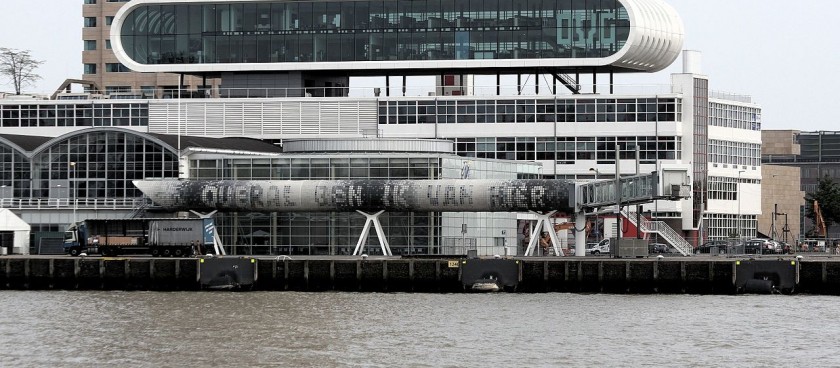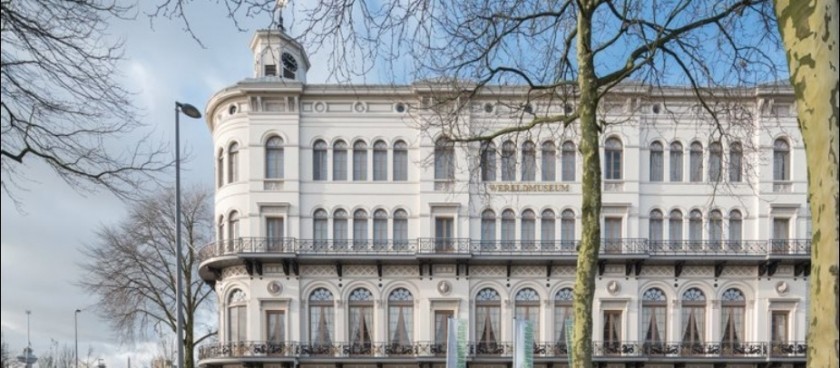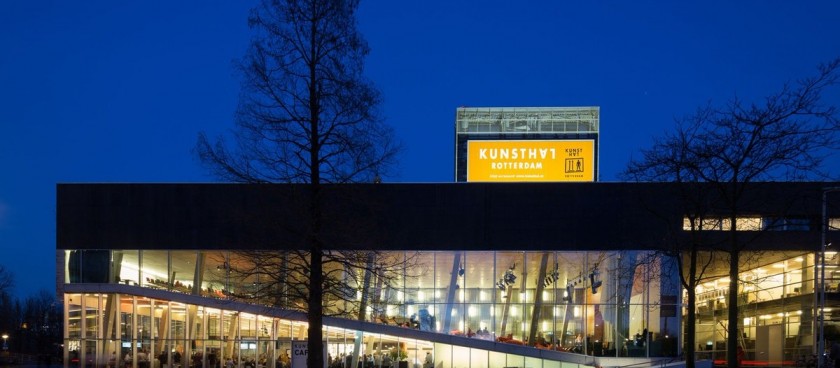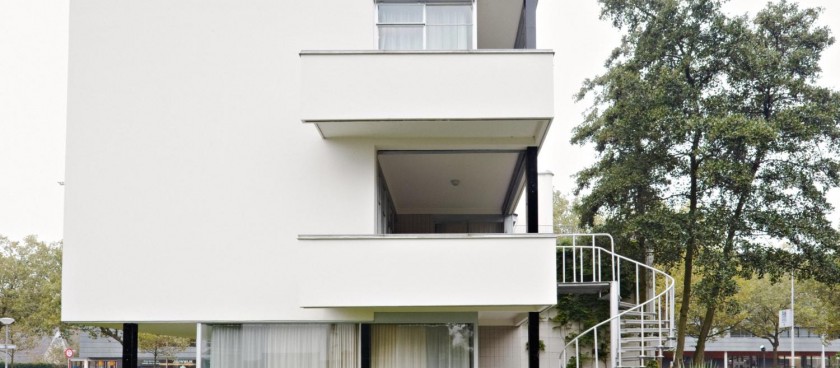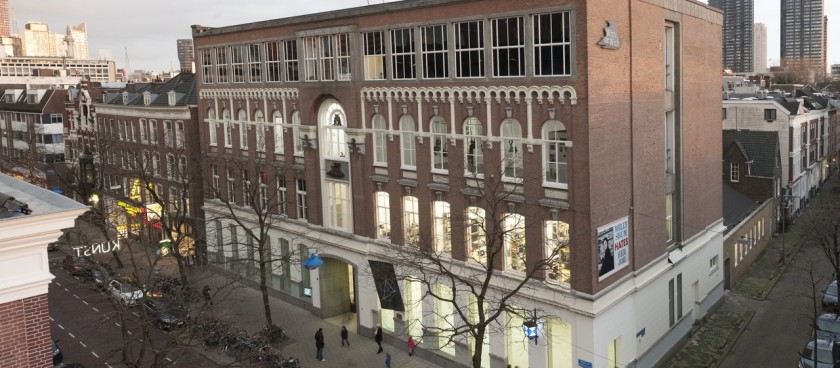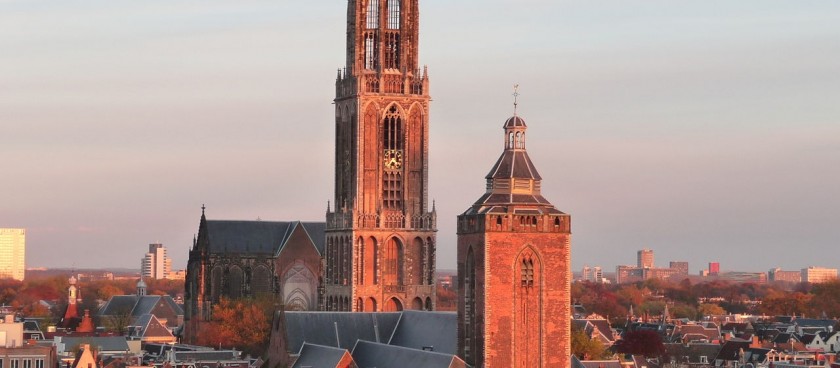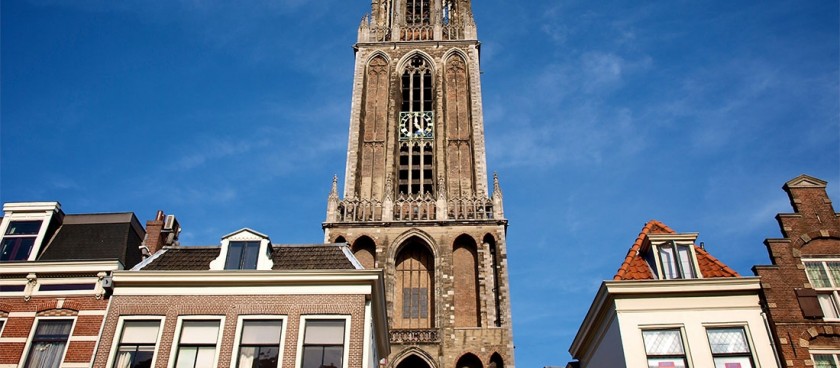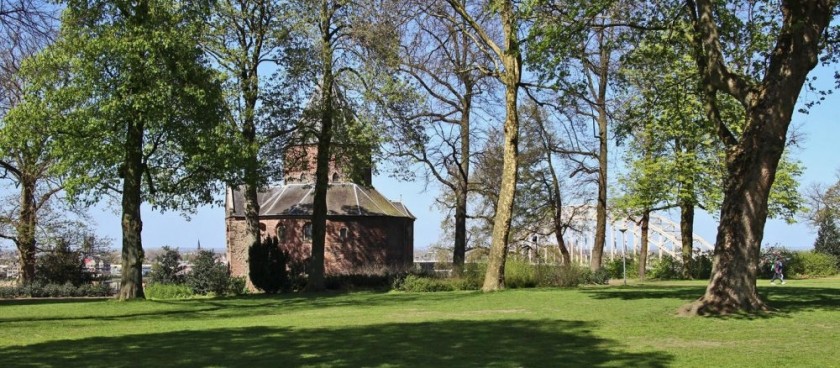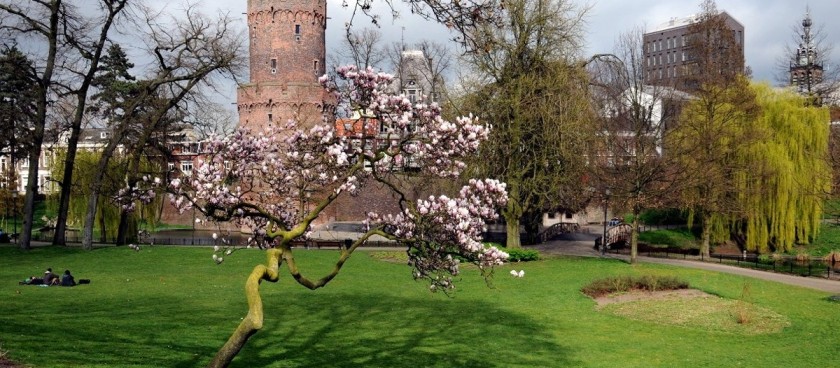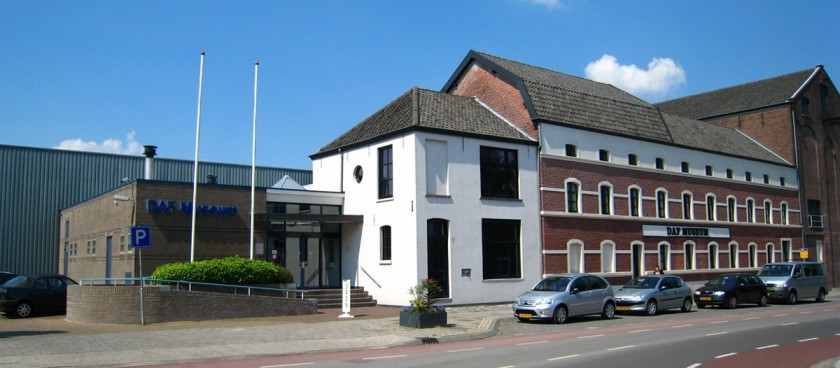Best places to visit in Netherlands
There are 27 places to visit in NETHERLANDS at the moment 27Introduction
The low-lying, watery, and architecturally wild nation of The Netherlands (a.k.a Holland) has, unsurprisingly, many points of interest, and beautiful natural places. In this article we’ll have a look at some of best places to visit and see.
This is a small, high-density country for its 17.28 million inhabitants but among one of the richest celebrated for its excellent cycling networks, canals, tulip fields, and windmills. Let’s dive to the many reasons why Holland is a great place to visit…
Location and climate
The climate of the Netherlands is, by continental standards, generally not severe at all. Its climate features gentle winters, cool summers, and rainfall in every season. Southerly and westerly winds predominate, and because the sea has a higher heat capacity than land, it is slightly warmer by the coast in winter, through onshore winds and the effect of the Atlantic Ocean’s Gulf Stream.
While not great, the average temperature of the Netherlands is about 2 degrees Celsius (35 degrees Fahrenheit) in the month of January, making it warmer than the middle of Europe. In July the average monthly temperature is 19°C (66F). The annual average temperature is approximately 10 degrees Celsius (50F). And it’s pretty wet too: the average annual rainfall in a year is 700 millimetres (28in).
In fact, Amsterdam is among the most ‘wet’ of European cities with an average of 132 days of rain per year. The Netherlands still has many beautiful places to offer and possibly prettier in the rain, at least for some.
Most interesting places and things to do
Amsterdam, its most famous city and most beautiful city, is famously gezellig, a Dutch quality that translates roughly as 'convivial' or 'cosy'. It's more easily experienced than defined.
The one place you can be sure to encounter this feeling is a bruin café (brown café, a traditional drinking establishment). Named for their wood panelling and walls once coloured by steady supply of smoke, brown cafes have gezelligheid (cosiness) in abundance, along with local beer like Amstel. You can also feel gezellig lingering among the golden-lit gabled buildings when walking around the city’s canal ring.
This was constructed in Holland’s ‘Golden Age’ and while this historic central district is backdrop for Amsterdam's treasure-packed museums, this city like quite a lot of the country: it blends its rich Protestant tradition and mad, sometimes mind-boggling habit for eclectic architecture. In Amsterdam as a whole, you can expect to find vintage-filled shops and creative drinking, dining and design scenes.
Rijksmuseum
No discussion about what there is to see in The Netherlands would be complete without mentioning the Rijksmuseum. Located at the heart of Amsterdam's Museum Square, in the centre of town, the Rijksmuseum is one of the world’s most renowned art museums and a true must-see.
While the building itself is itself a late 19th-century Gothic treasure, reconstructed in 2004, the Rijksmuseum's collection features some of the most famous national treasures in the Netherlands, including historic art by early modern ‘masters’ like Vermeer, Frans Hals, and most famously Rembrandt’s ‘The Night Watch’, which takes pride of place in a purpose-built naturally-lit glass hall allowing visitors to enjoy every tiny detail.
The museum’s expansive collection also includes Delftware, sculptures, archaeological artefacts, clothing, Asian art, prints, items from Dutch maritime and colonial history including what was formerly known as Indochina, all combining to vividly explore 800 years of Dutch history within a global perspective.
New items are arriving all the time to represent more contemporary times, too, such as a Mondrian-inspired dress by Yves Saint Laurent dating from 1965.
The gardens of Holland
Despite being a very narrow and densely packed city, Amsterdam has plenty of beautiful, green open space to unleash the cyclist in you or to just take a walk. It has thirty parks in its official lists. The fabulous Vondelpark, its largest, covers 48 hectares and estimates that they welcome about 10 million visitors a year. It is situated west from the Leidseplein and the Museumplein, not more than five minutes’ walk from the Rijksmuseum.
Not more than forty minutes’ west via train from Amsterdam we have the charming town of Haarlem, with the Zuid-Kennemerland National Park just outside. This forms a great long, green natural corridor between the North Sea and the town, at a very large 38 km². There are just lovely walking and cycling trails and huge blue skies near the beach on a clear spring day. Visitors call it one of the better kept natural parks around Haarlem. Unfortunately, no dogs are allowed.
Administrative divisions, demographics
The Netherlands is the 16th most densely populated country in the world, and the 5th most densely populated country in Europe. It is only 41,543 kilometre squared. In fact, you could fit the residents of Luxembourg, Montenegro, Malta, Iceland, Slovenia, Estonia, Lithuania and Moldova into its twelve packed provinces. Despite this, this little country never feels especially cramped or short on space though.
Transportation, communications
The railway network in the Netherlands is frequent, reliable, and fairly inexpensive. Inter-city trains are mainly run by the state-owned company NS, Nederlandse Spoorwegen. With a network covering approximately 401 stations, around three-quarters of a million passengers normally use the train every day, and there’s virtually nowhere in the country that isn’t served by a close-by station.
The Netherlands’ phone code is +31. Telecommunications cluster around three major providers. A major player in the telecom market is KPN, the largest provider of internet access services in the country. Other big providers are T-Mobile and Vodafone. For Providers specialised on Expats, look at Expat Mobile : no Dutch bank account is needed, and they can deliver SIM cards internationally.
Food and drinks
Traditional Dutch Food and Drink is both local and global owing to its maritime legacy.
‘Hollandse Nieuwe’ (Dutch new herring) is probably the most known of traditional Dutch foods. If you like fish you should at least give it a go. The raw herring is served together with chopped raw onions and gherkins. Also, the way of eating is significant in Dutch tradition. In the Netherlands new herring is eaten by lifting up the herring by its tail into the air and then take a bite upwards. Of course, you can also enjoy this Dutch delight by eating it in little pieces or on a sandwich called ‘broodje haring. You can buy herring all around Amsterdam in shops and at street stands.
Next, the Stroopwaffel is known throughout the world, and without a doubt the most famous and popular pastry from The Netherlands. It is unique kind of cookie, a waffle made on a special iron from baked batter and sliced horizontally. The two thin layers of the waffle are filled with special sweet and sticky syrup (the ‘stroop’). The stiff batter for the waffles is usually made from butter, flour, yeast, milk, brown sugar and eggs, although vegan alternatives are also sold.
The ‘stroopwafel’ has an origins story in Gouda, south of Amsterdam. It was first made during the late 18th or early 19th century by a baker using leftovers from their shop, such as breadcrumbs, sweetening it with syrup.
While ‘stroopwafels’ are available in every supermarket and coffee shop, one of the go-to destinations for the best in Amsterdam is ‘Landskroon’ Bakery (Address: Singel 385) or to the Albert Cuyp Market.
Finally, another traditional batter treat from the Dutch part of the world that we recommend are ‘poffertjes’. Essentially they’re baby pancakes but far fluffier. Made with yeast and buckwheat flour, they typically served with a squidge of butter and powdered sugar. Often found in charming Dutch outdoor winter markets, ‘poffertjes’, they are served on a small cardboard plate and come with a small fork. While butter and powdered sugar are the most common toppings you can also usually whipped cream, syrup and strawberries are also pretty common.
Economy, culture, foreign relations
The History of the modern Netherlands is a history of the sea and of seafaring people trying to survive and thrive lowland river delta on the North Sea in northwestern Europe. And thrive they did; although not presiding over as vast a colonial network of enrichment as the other Western European powers, the Dutch did take to the seas, and their home country did soon become full of merchants and one of the richest places in Europe a few hundred years ago.
The Dutch East India Company, a government-established chartered company established to trade with Mughal India Spices ended up bringing back silk, porcelain, metals, livestock, tea, grain, rice, soybeans, sugarcane, wine, and coffee to The Netherlands. This was at the beginning of the 17th century. The story is no doubt more complex, however since then, in the post-war period, although it was originally expected that the loss of the Indies would lead to an economic downfall, the reverse proved to be true, and in the 1950s and 1960s the Dutch economy experienced a near unprecedented growth. This was because of Marshall aid in Europe and post–World War II boom.
Today, the Netherlands has a market economy, like the rest of Europe, but like its nearby Nordic neighbours, the state traditionally has been a significant participant in the economy. The Dutch excel in the fields of transportation, resource extraction, and heavy industry including shipbuilding and engineering-built environments to manage water. The Dutch continue to be masters of the water.
